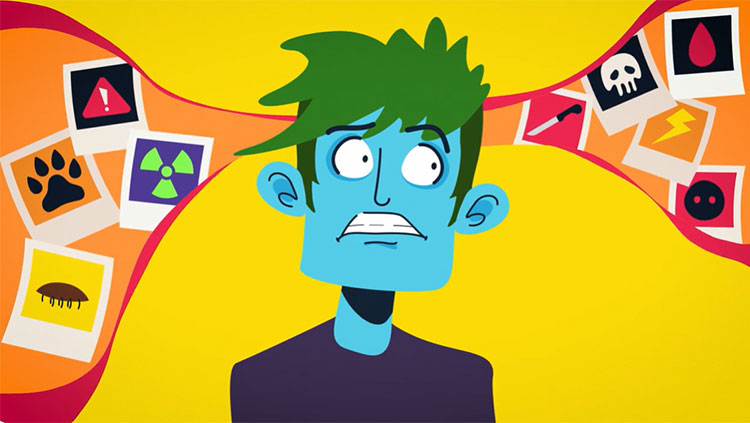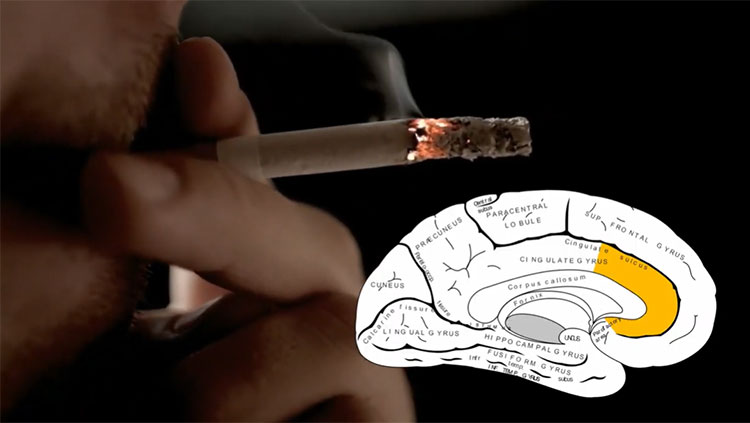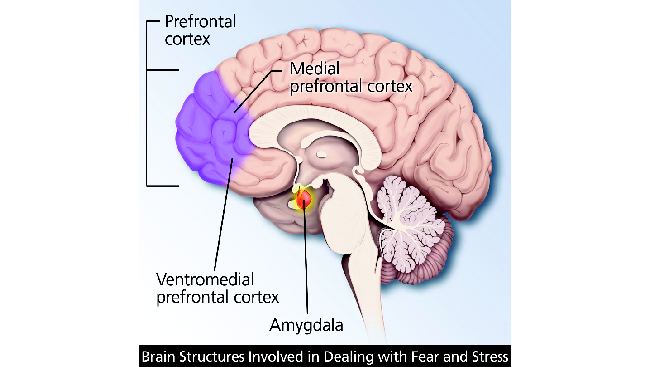
Post-Traumatic Stress Disorder
Extreme stressors such as trauma in combat, being a victim of assault or sexual abuse, or experiencing or witnessing a crime can lead to a form of stress that can last a lifetime.
National Institute of Mental Health, NIH Medical Arts.

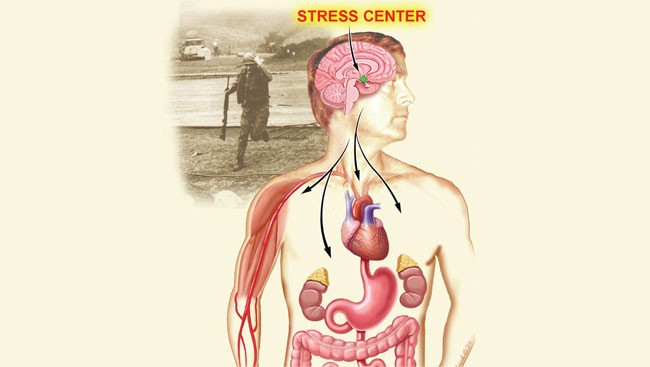
Post-Traumatic Stress Disorder: Making a Difference Today
Anxiety, insomnia, flashbacks, and anger are all common and normal reactions to a stressful experience. But for some people, those feelings don’t go away for months or even years.
Illustration by Lydia Kibiuk. Adapted from Brain Facts, published by the Society for Neuroscience.

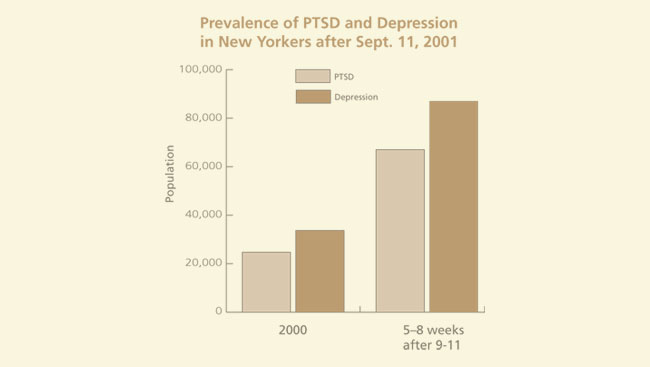
Post-Traumatic Stress Disorder: Making a Difference Tomorrow
With continued funding, researchers hope to find ways to diagnose PTSD before symptoms appear, better methods for reducing vulnerability to PTSD, and superior therapy options for resistant cases.
Adapted from The New England Journal of Medicine, 346: 982-987; 2002.

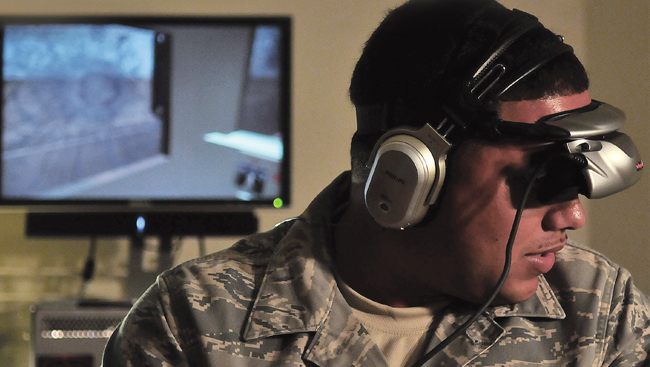
Fear and Post-Traumatic Stress Disorder
Basic scientific research on the biological basis of fear is unlocking the mystery of post-traumatic stress disorder and suggesting new treatments.
Credit: Image courtesy of U.S. Department of Defense, Photo by Senior Airman Renae Kleckner.


Animal Research Success: Post-Traumatic Stress Disorder
Animal research has shown that long-term stress can damage the brain and has lead to drugs that are used to help treat patients with post-traumatic stress disorder.
Credit: Garami A. et al. (2011) Thermoregulatory Phenotype of the Trpv1 Knockout Mouse: Thermoeffector Dysbalance with Hyperkinesis. Journal of Neuroscience 31:1561-1933.


Traumatic Stress in the Military
In this video, Drs. Robert Heinssen and Farris Tuma discuss research in the areas of traumatic stress reactions and specifically mental health issues among U.S. service members.

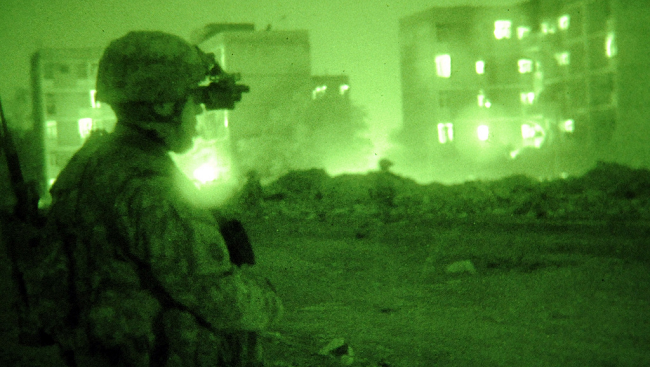
Embedded in Iraq
A discussion between David Finkel, a reporter in Iraq, and a researcher at the National Institutes of Mental Health on mental health issues for some war veterans.

In the United States, about 8 million adults have Post-Traumatic Stress Disorder (PTSD). PTSD is an anxiety disorder that develops after experiencing a terrifying or life-threatening event. Symptoms of PTSD can include intense feelings of fear, anxiety, and flashbacks to the traumatic event. Although most people will experience some kind of trauma in their lifetimes, not all will develop PTSD. So what is research revealing about this disorder, and what does it mean for treatment?
To learn more about PTSD, browse through the images and their descriptions and click on the link in each caption to read the full articles.
Have a question about what you just read in our Roundup? Submit Your Question
About the Author
Juliet M. Beverly
Juliet M. Beverly is the senior editor for BrainFacts. She previously worked at the Embassy of Austria in the Office of Science & Technology as the assistant editor for Bridges, an online magazine covering transatlantic science and technology policy.












